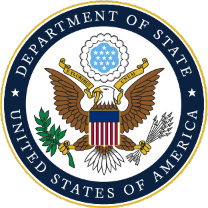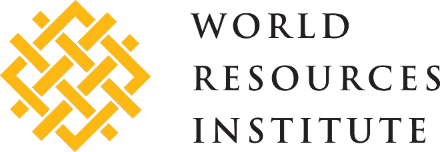Tool Type: databases and indexes
Tools that aggregate, store, and organize large datasets or provide indexed rankings, often used to offer insights or create structured references on specific environmental or crime-related topics. Examples include indexes ranking corruption or illegal activity by country.
Global Environmental Crime Tracker
The interactive Global Environmental Crime Tracker has up-to-date data collected from publicly available information, including government reports, enforcement agency press releases and non-governmental and academic papers on environmental crime. It incorporates news media coverage in several languages and other details provided by partner NGOs.
The Ocean Actions Index
This is a compilation of input from advocates and researchers who were asked what can be done to better protect the oceans and its workers. This document consists of three levels. The first lists actions that individuals can take. The second itemizes actions governments or companies can take. The third offers broader context.
CITES Wildlife TradeView
Visualises CITES trade data over time, by species or by country.
Checklist of CITES Species
CITES (the Convention on International Trade in Endangered Species of Wild Fauna and Flora) is an international agreement between governments that aims to ensure that international trade in specimens of wild animals and plants does not threaten their survival. The Checklist of CITES Species allows the exploration of more than 36,000 species of animals and plants and their degree of protection.
CITES Trade Database
The Convention on International Trade in Endangered Species of Wild Fauna and Flora (CITES) Trade Database, managed by the United Nations Environment Program World Conservation Monitoring Centre (UNEPWCMC) on behalf of the CITES Secretariat, is unique and currently holds over 13 million records of trade in wildlife and over 34,000 scientific names of taxa listed in the CITES Appendices. Around a million records of trade in CITES-listed species of wildlife are currently reported annually and these data are entered into the CITES Trade Database (an Oracle relational database) as soon as they are received by UNEP-WCMC. CITES annual reports are the only available means of monitoring the implementation of the Convention and the level of international trade in specimens of species included in the CITES Appendices. The CITES Trade Database can be queried and data downloaded from the CITES website (www.cites.org) or the UNEP-WCMC website (http://unep-wcmc.org/citestrade). You can contact UNEP-WCMC directly (see Annex 6 for contact details) if you have a specific data request that you are unable to answer using the online data querying facilities.
Species+
Species+, developed by United Nations Environment Program World Conservation Monitoring Centres (UNEP-WCMC) and the CITES (Convention on International Trade in Endangered Species of Wild Fauna and Flora) Secretariat, is a website designed to assist Parties with implementing CITES, Convention on the Conservation of Migratory Species (CMS) and other multilateral environmental agreements (MEAs). Species+ provides a centralised portal for accessing key information on species of global concern. In particular, Species+ contains information on all species that are listed in the Appendices of CITES and CMS, as well as other CMS Family listings and species included in the Annexes to the EU Wildlife Trade Regulations.
Identification Guide for Ivory and Ivory Substitutes
The information contained within this book was originally developed for the wildlife law enforcement community in connection with its mandate to enforce international endangered species trade regulations and restrictions. Thousands of copies of previous editions of this guidebook have been distributed in three languages throughout the world. The goal is to provide wildlife law enforcement officers, scientists and managers with a visual and non-destructive means of tentatively identifying the authenticity and species origin of suspected ivory for enforcement purposes, including a “probable cause” justification for seizure of suspected illegal material, at ports of entry. Emphasis also remains on carved ivory, mostly because whole teeth are easily identified.
Picture Guide to Illegal Wildlife Parts & Products Commonly Found in Southeast Asia
This pocket guide was produced for quick identification of wildlife parts and products commonly sold in markets in Southeast Asia.
Traditional Asian Medicine Identification Guide for Law Enforcers: Version II
Identification guide for traditional Asian medicines in trade made to assist enforcers with determining which medicines and ingredients are legal or illegal, in the context of the cases they adeal with. The majority of law enforcers have no knowledge of Chinese characters and the many forms that these medicines take. This guide is primarily for law enforcers based outside Asia, in countries where large volumes of traditional Asian medicines are imported. The regions where this version of the guide may be of most use include Europe, North America and Australasia.
Global Fishing Legislative Database
Explore the laws and regulation that govern fishing around the world.


